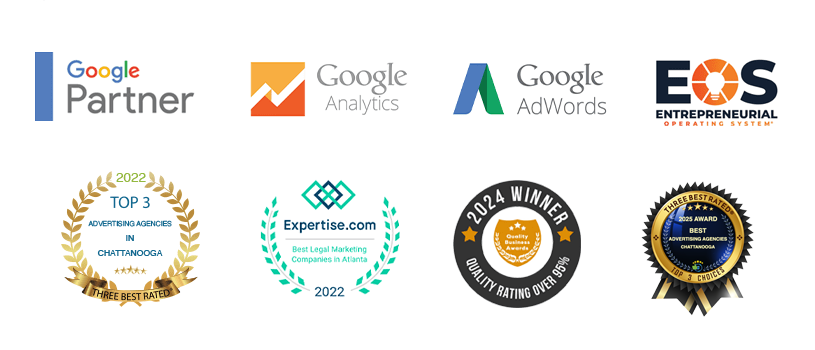In the vast and ever-evolving landscape of digital marketing, one cornerstone remains unchanged: the importance of SEO. Search Engine Optimization (SEO) is the lifeline of online visibility, determining where your website appears in search engine results pages (SERPs). However, maintaining a healthy SEO performance requires regular check-ups, akin to a medical examination for your website. This is where an SEO audit comes into play—a comprehensive evaluation of your website’s SEO factors to identify areas for improvement and optimization. In this guide, we’ll delve into the intricacies of an SEO audit checklist, ensuring your website’s health and vitality in the digital realm.
Understanding the Significance of SEO Audit
Before delving into the checklist, let’s grasp why an SEO audit is imperative for your website’s success. Think of it as a diagnostic tool that assesses your website’s current SEO performance, pinpointing strengths, weaknesses, and areas needing attention. By conducting regular SEO audits, you gain insights into your website’s health and identify opportunities to enhance visibility, organic traffic, and ultimately, conversions.
The Comprehensive SEO Audit Checklist
1. Technical SEO Analysis:
– Evaluate website loading speed and optimize where necessary.
– Ensure mobile-friendliness and responsiveness across all devices.
– Check for crawl errors and fix broken links.
– Optimize website structure for easy navigation and indexation.
2. On-Page SEO Optimization:
– Conduct keyword research and optimize meta tags, including titles and descriptions.
– Assess content quality, relevance, and keyword usage.
– Optimize heading tags (H1, H2, etc.) for clarity and SEO.
– Ensure image optimization with descriptive alt tags.
3. Off-Page SEO Assessment:
– Analyze backlink profile for quality and diversity.
– Identify and disavow toxic or spammy backlinks.
– Monitor social signals and engagement metrics.
4. Content Audit:
– Evaluate content relevancy, freshness, and uniqueness.
– Identify duplicate content issues and resolve them.
– Assess content formatting, readability, and user engagement.
5. Local SEO Review (if applicable):
– Verify and optimize Google My Business listing.
– Ensure NAP (Name, Address, Phone Number) consistency across online directories.
– Solicit and manage customer reviews for improved local visibility.
6. Performance Metrics Analysis:
– Analyze website traffic, bounce rate, and user engagement metrics.
– Monitor keyword rankings and SERP visibility.
– Utilize analytics tools to track and measure SEO performance.
Implementing Your SEO Audit Findings
Once you’ve completed the SEO audit and identified areas for improvement, it’s time to take action. Prioritize tasks based on their impact on SEO performance and allocate resources accordingly. Whether it’s optimizing on-page content, fixing technical errors, or enhancing backlink profile, consistent efforts will lead to tangible improvements in your website’s health and search engine rankings.
Leveraging Advanced Tools for SEO Audit
In the digital age, conducting an SEO audit involves more than just manual checks and analysis. It requires leveraging advanced tools and technologies to gather comprehensive data and insights. Tools like Google Analytics, Google Search Console, and SEMrush offer invaluable metrics and reports to assess various aspects of your website’s SEO performance. These tools can provide data on website traffic, keyword rankings, backlink profile, crawl errors, and more, allowing for a thorough evaluation of your website’s health.
Google Analytics, for instance, offers detailed information about your website visitors, including their demographics, behavior, and acquisition channels. By analyzing this data, you can gain insights into user engagement, popular landing pages, and conversion funnels, helping you identify areas for improvement and optimization.
Similarly, Google Search Console provides valuable data on how your website appears in Google search results. It offers insights into search queries, click-through rates, impressions, and indexation issues. By monitoring these metrics, you can identify keywords driving traffic to your website, optimize meta tags and content accordingly, and address any crawl errors or indexing issues that may affect your visibility in search results.
Additionally, tools like SEMrush offer comprehensive SEO audits and reports, covering everything from on-page optimization to backlink analysis. With SEMrush, you can conduct in-depth keyword research, track keyword rankings, analyze competitor strategies, and identify opportunities for growth. Its Site Audit feature provides a detailed analysis of your website’s technical SEO factors, including crawlability, site structure, and page speed, highlighting areas for improvement and optimization.
By leveraging these advanced tools and technologies, you can conduct a more thorough and efficient SEO audit, ensuring that no aspect of your website’s SEO performance goes unnoticed. These tools empower you to make data-driven decisions and implement targeted strategies to enhance your website’s visibility, organic traffic, and ultimately, conversions.
The Importance of Partnering with a Professional Marketing Agency
Navigating the complexities of SEO audit and implementation can be daunting, especially for businesses with limited resources or expertise in digital marketing. This is where partnering with a reputable marketing agency like Spectruss can make all the difference. With a team of experienced professionals versed in the nuances of SEO audit and optimization, Spectruss can help elevate your website’s performance, driving organic traffic and maximizing ROI.
In the digital arena, where competition is fierce and algorithms are ever-changing, maintaining a healthy website is paramount. An SEO audit serves as the cornerstone of this endeavor, providing valuable insights into your website’s SEO performance and paving the way for strategic optimization. By following a comprehensive SEO audit checklist and partnering with experts like Spectruss, you can ensure your website’s health and longevity in the dynamic world of online marketing.
Ready to Uplift Your Website’s SEO Performance?
Contact Spectruss today for a personalized SEO audit and optimization strategy tailored to your business needs. Let us help you unlock the full potential of your website and achieve sustainable growth in the digital landscape.
Remember, the health of your website’s SEO is the key to unlocking its full potential online. Don’t leave it to chance—schedule your SEO audit with Spectruss today!












